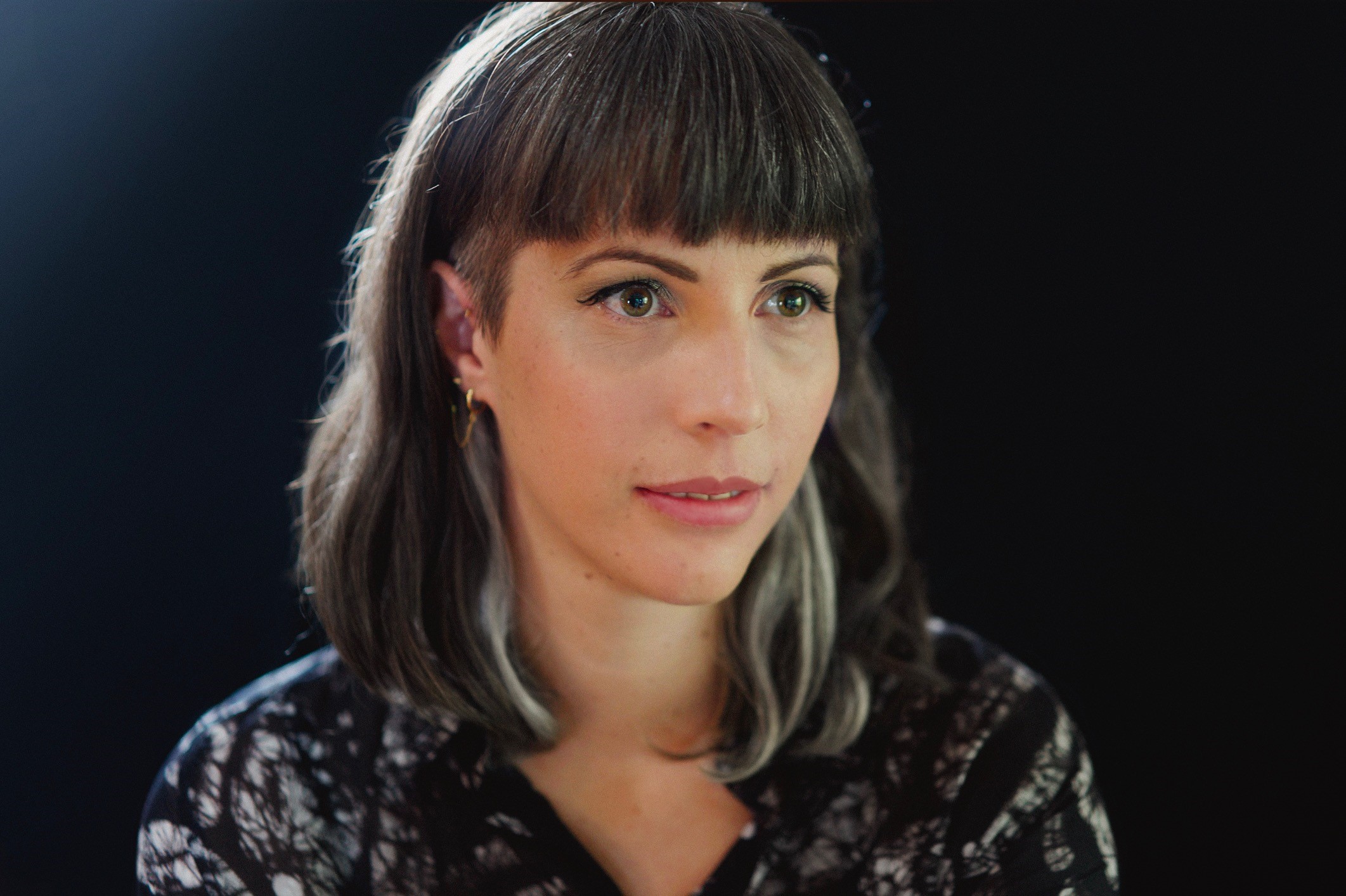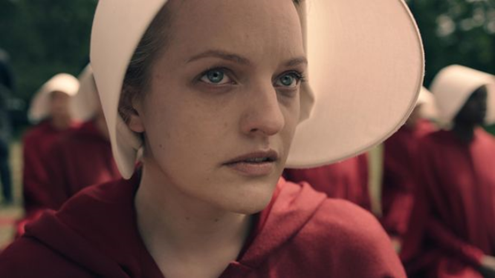CJ Dobson has helped set the mood for some of Australia’s favourite TV shows including Love Me and The Newsreader. We speak to the film colourist about their new development studio and why manipulation isn’t quite the right descriptor for what they do.

You describe your work colour grading films as a ‘dark art’. What do you mean by that?
People often refer to what I do as a dark art. I take that two ways. One is the idea that we can completely transform the images, for example, turn day to night and make a sunny day feel cold and dark. And the other way I take it is that it’s something not many people know about. Even people within the industry aren’t sure what a colourist is or does.
You’ve worked on commercials, award-winning television shows, documentaries and feature films. How does your consideration of colour change depending on the project?
I work very closely with the cinematographer, who may already have a mood board and treatment for us to reference to guide the tone of the show. Ultimately, it’s about supporting the narrative, whether that is for a car ad or a dramatic storyline. There’s always a message we’re trying to convey and colour is another way to connect with the audience.
How did you approach colour for your recent work on Logie-award winning show The Newsreader? What influenced you?
The cinematographer and I did rounds of testing to design a look for the show prior to the shoot. We landed on what I feel is a really unique look. We referenced old film of the 1980’s and tried to base our skin tones on what film stocks were doing at the time. We didn’t want to force a ‘vintage feel’, but we wanted to have [the colour] evoke that period. Once the edit was complete, the cinematographer and I fine-tuned the images, but the look had already been established through our testing phase.

How important is colour to communicating the narrative of a film or show? How do you use it to manipulate the audience?
I think manipulation may be a bit strong of a word. Most of the time, we’re not trying to fool anyone – it’s more about the story and finding ways to support that. For example, if there’s a dark moment narratively, but they’ve had a bright sunny day on the shoot, we may bring down the levels to help convey the mood. Another example would be if they had no choice but to film during summer when it’s set in winter or the reverse. In rare instances, you build a world different to the one we know. For example, The Handmaid’s Tale (I didn’t grade this) which is a great example of a look that is other-worldly.

What recent work have you been involved with lately, and where can we watch it?
I’ve had to sign a few NDAs which I guess is a good sign! But I can share that I’ve started working on a new Australian Amazon Original show called Deadloch created by comedy duo Kate McCartney and Kate McClennan. I’m also wrapping up on a feature film called The Portable Door based on the book series by Tom Holt produced by The Jim Henson Company and Story Bridge Films. And another Werner Production Crazy Fun Park. As far as things to watch now – I worked on Nude Tuesday which has been released on Stan and is a bit of a hoot!
But probably the most exciting development is that I am starting my own studio called Moodlab. We will be focusing on film look development. So, a very exciting year ahead!
CJ Dobson will be in conversation with neuroscientist Professor Nao Tsuchiya and artist and researcher Dr. David Sequeira for Colour and Consciousness on Tuesday, 19 July at the Wheeler Centre. Hosted by Hilary Harper, the event is part of our Present Sense series presented in partnership with Melbourne-Monash Consciousness Research. Bookings are essential and tickets are available now.
Related Posts

Read
Anne-Marie Te Whiu Receives The Next Chapter Alumni Poetry Fellowship
2 Apr 2024

Read
What's on in April: Resident Organisation Round Up
28 Mar 2024

Read
Blak & Bright First Nations Literary Festival returns in 2024
7 Mar 2024

Read
What's on in March: Resident Organisation Round Up
29 Feb 2024

Read
Hot Desk Extract: International
23 Feb 2024

Read
Hot Desk Extract: The Rooms
23 Feb 2024
Share this content